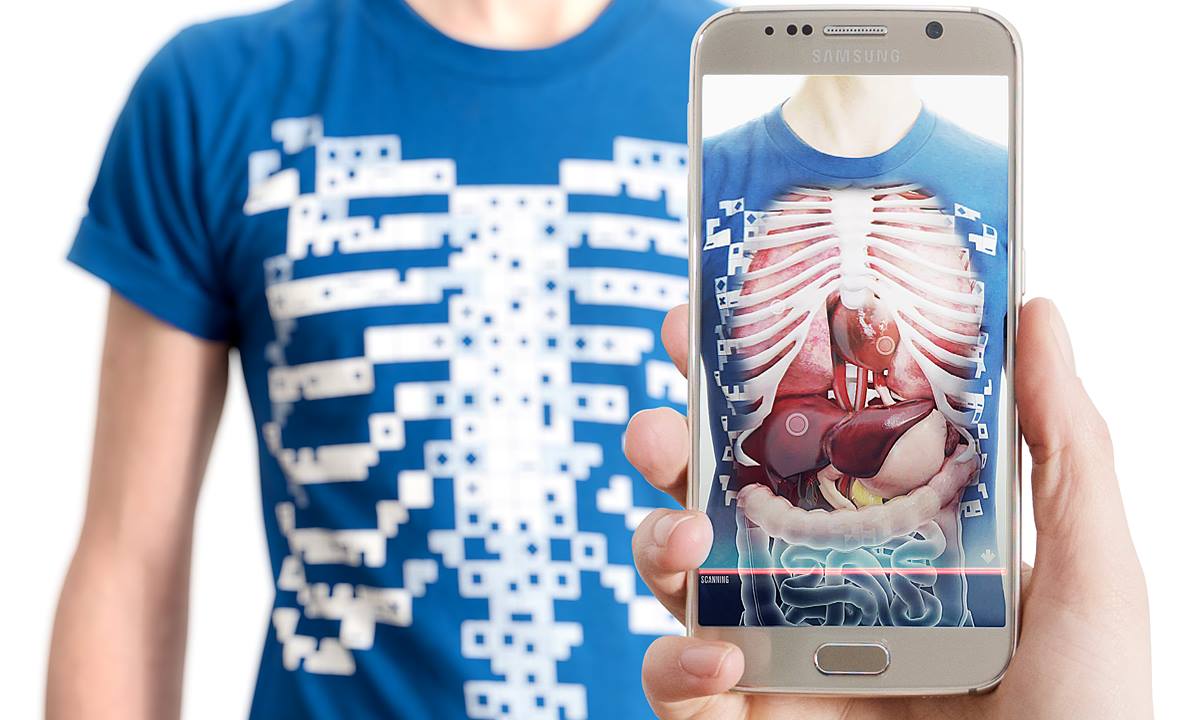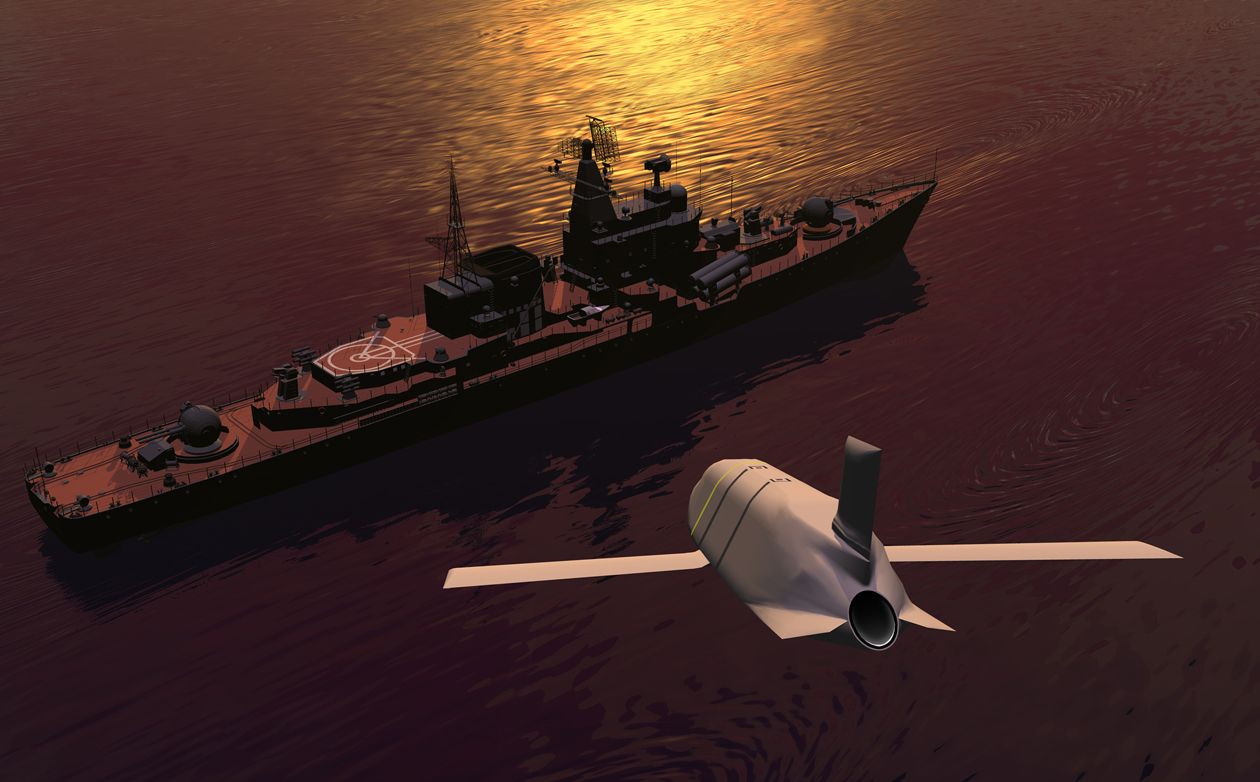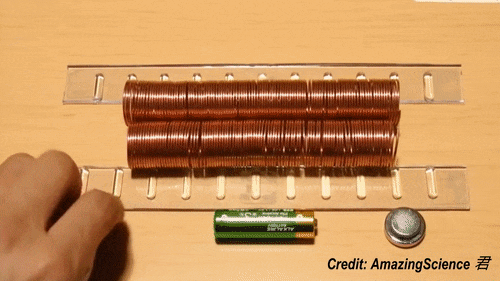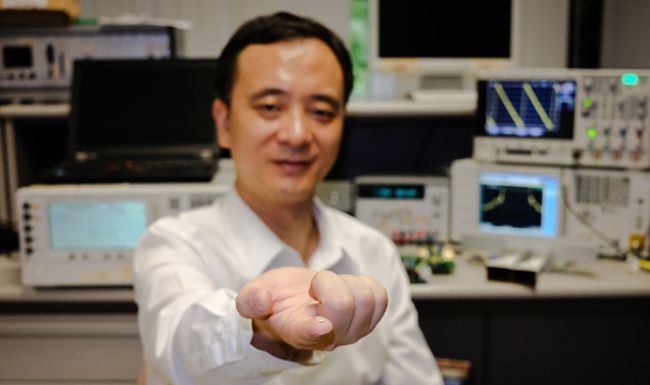Page 11341
Mar 1, 2016
Scott Aaronson On The Relevance Of Quantum Mechanics To Brain Preservation, Uploading, And Identity
Posted by Shailesh Prasad in categories: computing, mathematics, neuroscience, quantum physics
Biography : Scott Aaronson is an Associate Professor of Electrical Engineering and Computer Science at MIT. His research interests center around the capabilities and limits of quantum computers, and computational complexity theory more generally. He also has written about consciousness and personal identity and the relevance of quantum mechanics to these issues.
Michael Cerullo: Thanks for taking the time to talk with me. Given the recent advances in brain preservation, questions of personal identity are moving from merely academic to extremely practical questions. I want to focus on your ideas related to the relevance of quantum mechanics to consciousness and personal identity which are found in your paper “Ghost in the Quantum Turing Machine” ( http://arxiv.org/abs/1306.0159 ), your blog “Could a Quantum Computer Have Subjective Experience?” ( http://www.scottaaronson.com/blog/?p=1951 ), and your book “Quantum Computing since Democritus” ( http://www.scottaaronson.com/democritus/) .
Before we get to your own speculations in this field I want to review some of the prior work of Roger Penrose and Stuart Hameroff ( http://www.quantumconsciousness.org/content/hameroff-penrose…-or-theory ). Let me try to summarize some of the criticism of their work (including some of your own critiques of their theory). Penrose and Hameroff abandon conventional wisdom in neuroscience (i.e. that neurons are the essential computational element in the brain) and instead posit that the microtubules (which conventional neuroscience tell us are involved in nucleic and cell division, organization of intracellular structure, and intracellular transport, as well as ciliary and flagellar motility) are an essential part of the computational structure of the brain. Specifically, they claim the microtubules are quantum computers that grant a person the ability to perform non-computable computations (and Penrose claims these kinds of computations are necessary for things like mathematical understanding). The main critiques of their theory are: it relies on future results in quantum gravity that don’t exist; there is no empirical evidence that microtubules are relevant to the function of the brain; work in quantum decoherence also makes it extremely unlikely that the brain is a quatum computer; even if a brain could somehow compute non-computable functions it isn’t clear what this has to do with consciousness. Would you say these are fair criticisms of their theory and are there any other criticisms you see as relevant?
Mar 1, 2016
Electrifying Drone Race Tests Pilots‘ Sky-High Skills
Posted by Klaus Baldauf in category: drones

https://youtube.com/watch?v=0gYkZGOTdM0
With the first round of the Drone Racing League’s Level 1 race finished, eight pilots will compete for a spot in the finals.
Mar 1, 2016
Inside the Artificial Intelligence Revolution: A Special Report, Pt. 1 — By Jeff Goodall | Rolling Stone
Posted by Odette Bohr Dienel in category: robotics/AI
“For better or worse, whatever future we create, it will be the one we design and build for ourselves. To paraphrase an old adage about the structure of the universe: It’s humans all the way down.”
Mar 1, 2016
Interesting Transportation Animation
Posted by Shailesh Prasad in category: transportation
A simple electric train made of neodymium magnets, copper wire and a dry cell battery. It runs not only inside but also “outside” the coil.

Cool idea! About time someone made anatomy more fun. More details here: http://goo.gl/uqFvHF

This Butterfly Dress will change the way people approach fashion. The butterflies can release en masse to react to external stimuli. #Intel
Mar 1, 2016
Tiny Radar Camera Microchip Packs A Big Punch
Posted by Shailesh Prasad in categories: computing, electronics, satellites
This tiny microchip effectively allows for palm-sized radar cameras.
In the future, radar cameras for use in satellites could be made a hundred times smaller with this millimeter-long chip, without compromising on image quality.
Mar 1, 2016
Quarks To Quasars Photo 2
Posted by Shailesh Prasad in categories: particle physics, space
Mar 1, 2016
The Navy’s New AI Missile Sinks Ships the Smart Way
Posted by Sean Brazell in categories: military, robotics/AI

https://youtube.com/watch?v=LvHlW1h_0XQ
Artificial intelligence helps the LRASM evade defenses, home on its prey.














